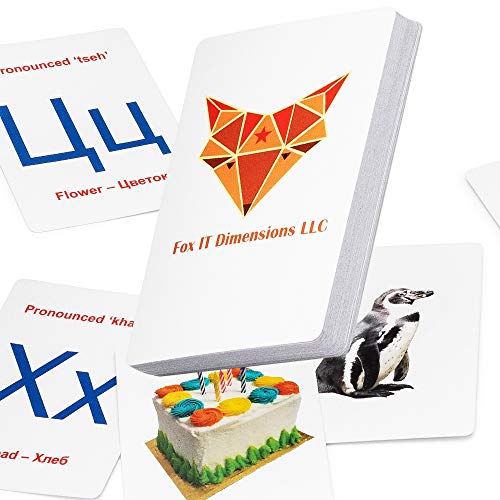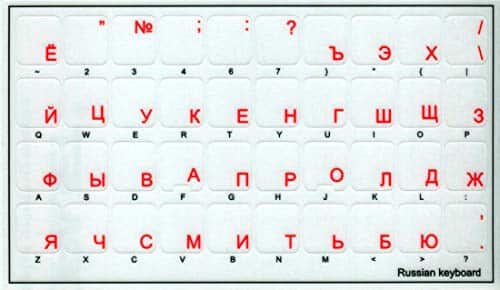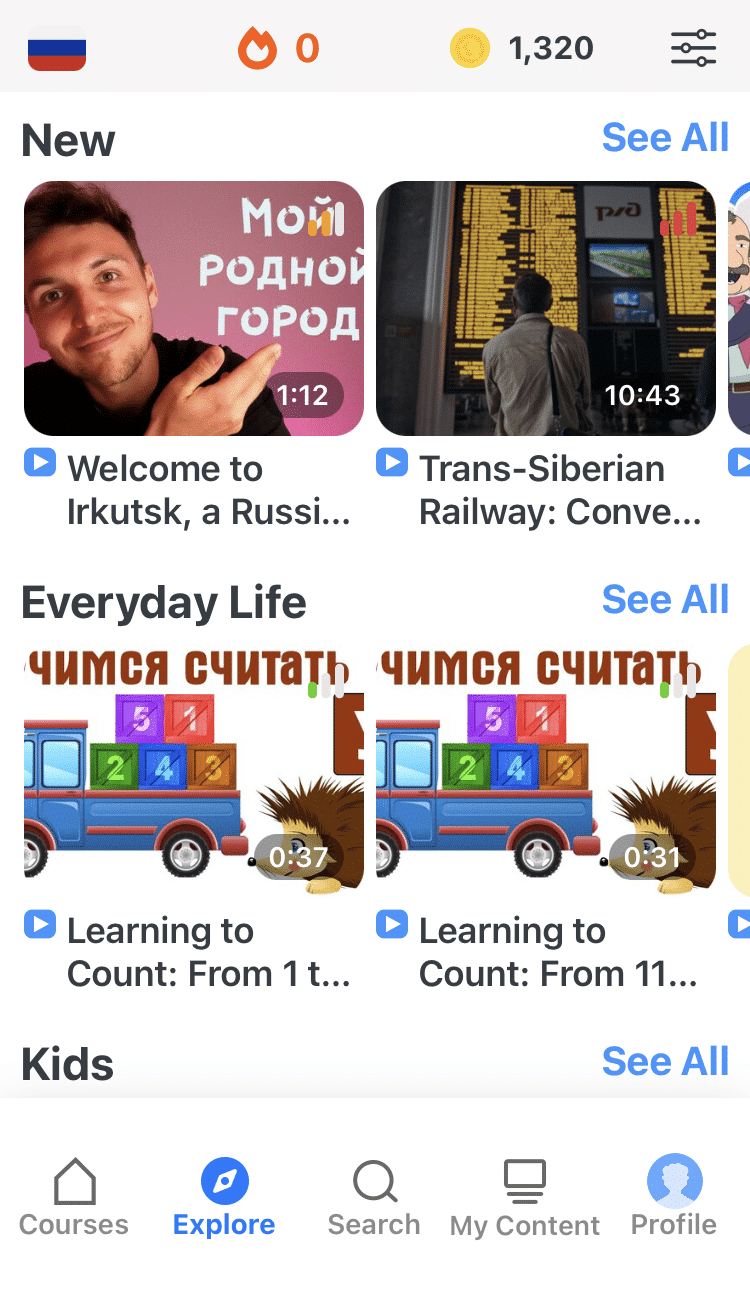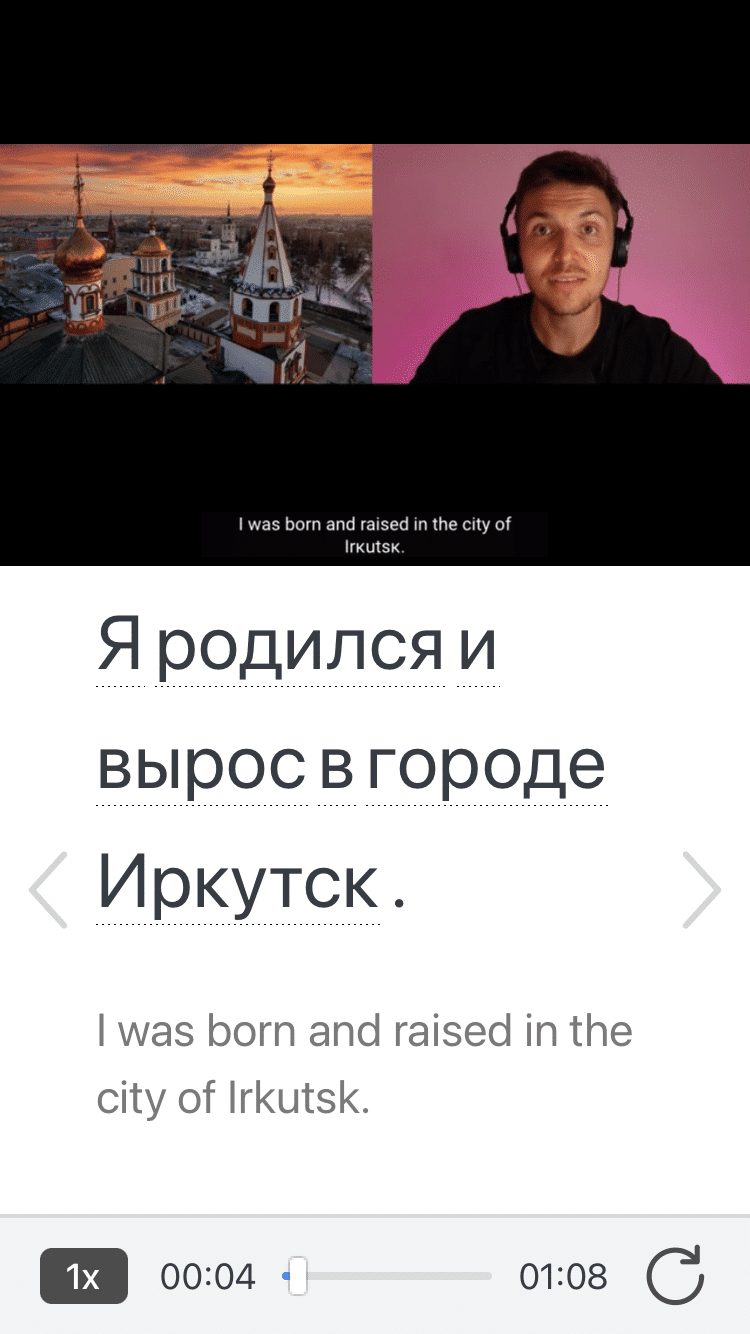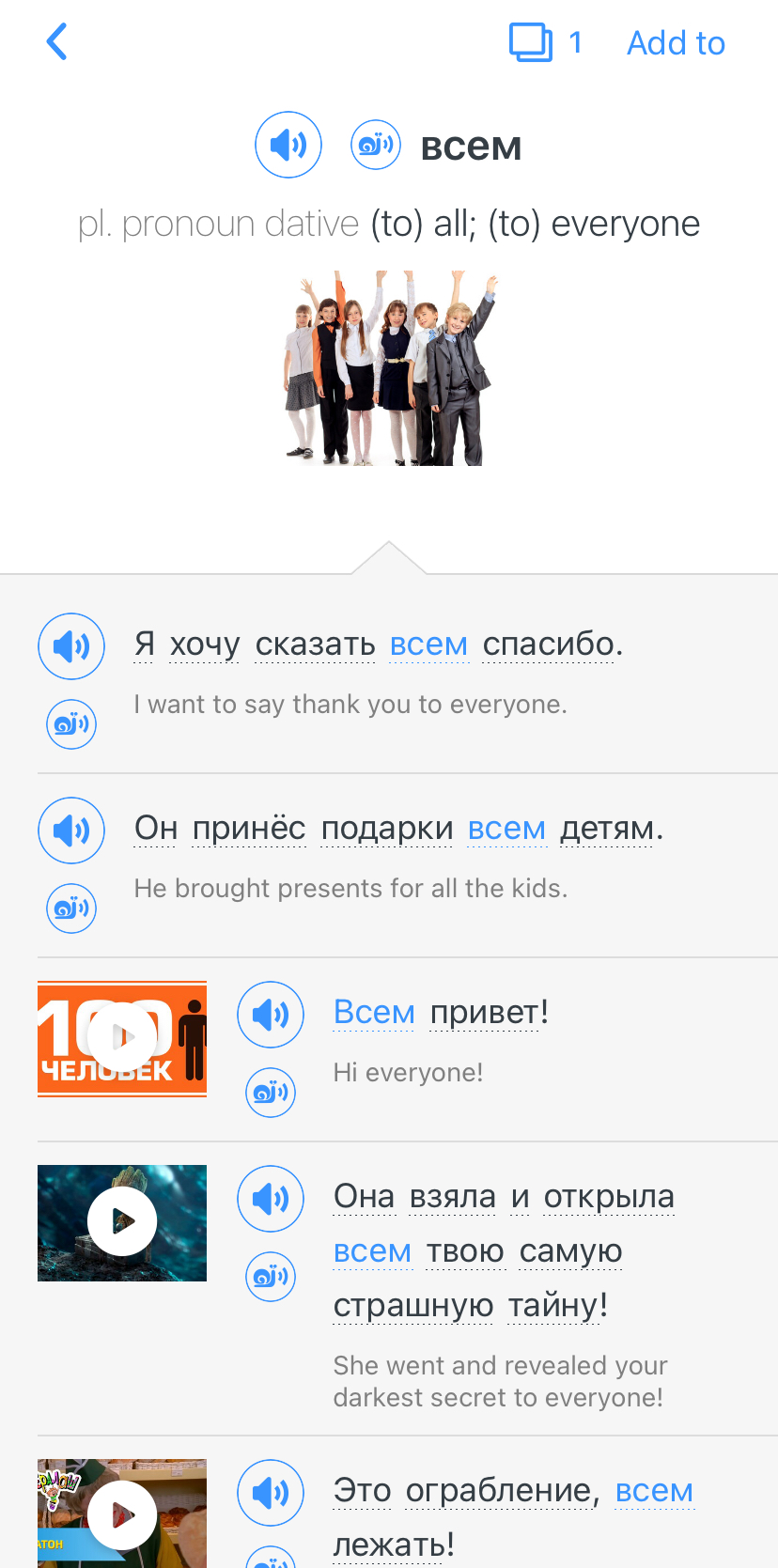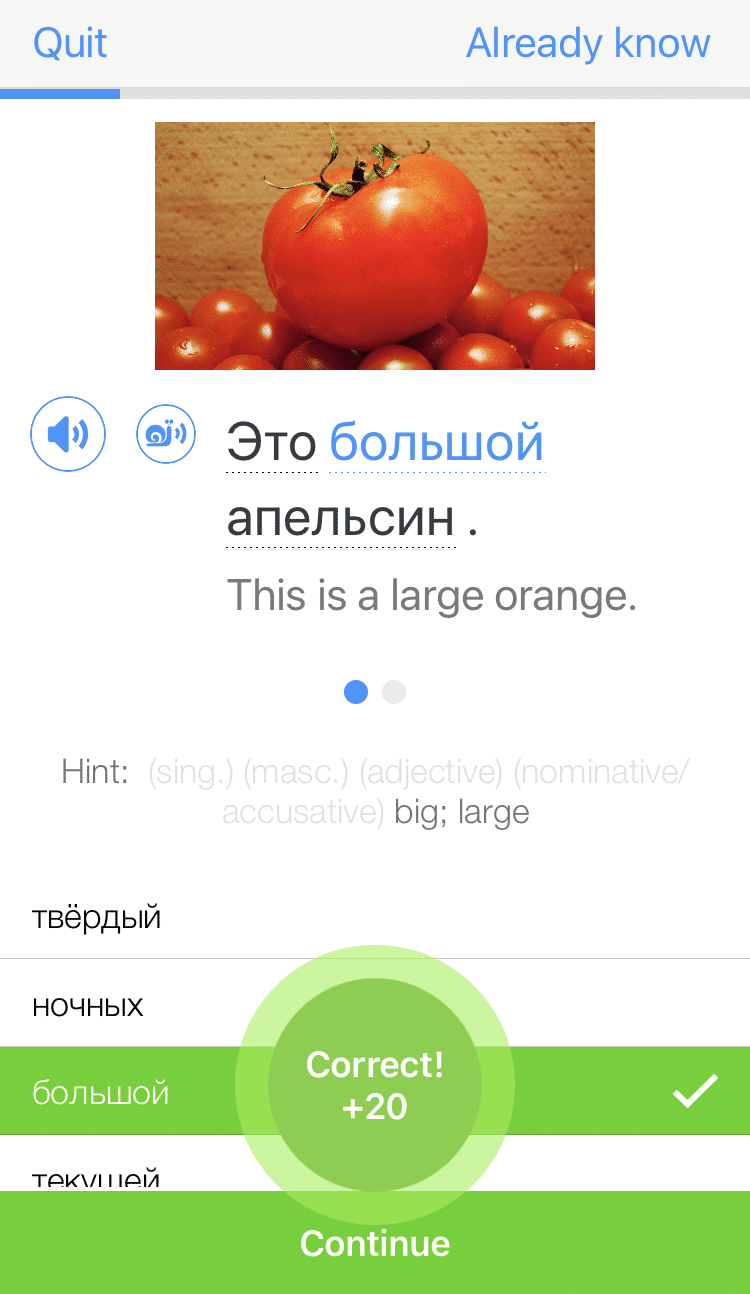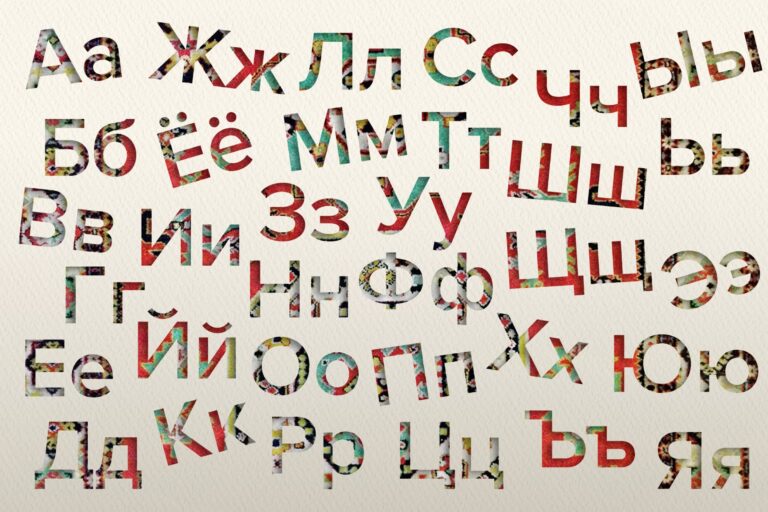Contents
- 1. Learn the Cyrillic alphabet.
- 2. Learn to produce the letters yourself.
- 3. Learn Russian cursive.
- 4. Learn to type in Russian.
- 5. Start forming basic words with the letters.
- 6. Practice Russian writing by copying text from Russian books.
- 7. Write in Russian with online Russian exercises.
- And One More Thing…
How to Learn to Write in Russian

Mastering Russian writing isn’t as hard as it seems. And learning how to write in Russian is essential to truly becoming fluent in Russian.
So stop putting it off. Discover my seven-step process so you can start writing in Russian today.
Download: This blog post is available as a convenient and portable PDF that you can take anywhere. Click here to get a copy. (Download)
1. Learn the Cyrillic alphabet.
If you have any experience with the Russian language, you already know that Russian has a different alphabet from English. While we use the Roman (or Latin) alphabet to write English, Russian uses the Cyrillic alphabet, which originated (fun fact) in the 9th century.
There is good news and bad news when it comes to learning the Russian alphabet.
The good news is that some of the letters look, and even sound, the same or similar to English ones. These include letters like A, K, M, O and T. Other letters look similar, but don’t (or don’t always) have the same associated sound as in English, such as C (pronounced like the English S), B (pronounced like the English V) and E (pronounced like “yeh”).
The bad (but definitely not super bad) news is that some letters will look brand spanking new. However, that is great news for your brain, which will definitely get a boost from all the new letters you will become acquainted with. These include Д (pronounced like a hard D, as in “dog”), Я, (pronounced like “yah”) and П (pronounced like a hard P, as in “pig”).
Resources for Learning the Russian Alphabet
You can find the full Russian alphabet here, and you can learn the Russian letters more efficiently by creating flashcards with the Russian letters on one side and the pronunciation using English letters on the other side. This will help you test yourself on the sound of each letter.
You can also purchase Russian flashcards as an alternative option. This set contains 33 cards that not only help you memorize letters, but offer a guide in pronunciation. Each card has the letter in upper and lower case, a pronunciation guide and a word that starts with the letter in Russian, along with an English translation. On the opposite side, you can find an image that starts with the letter to test your knowledge not only of the letter it starts with, but the Russian term for the image.
2. Learn to produce the letters yourself.
When memorizing foreign letters, we start by learning to pronounce a letter we see; however, to truly master a language, we have to reverse that process.
This requires listening to the letters said out loud and writing them down from memory. This is the only way to learn to write Russian on your own—by forming the letters in your mind and writing them without having a reference set in front of you.
Resources for Learning to Produce Russian Letters
Thanks to the wonderful world of the internet, you can find many ways to practice writing in Russian.
You can start with these worksheets from Happy Child, which will help you practice writing and typing common phrases and vocabulary words. While the worksheets can be used online, you can use them to practice your handwriting by printing them out. Fold the paper in half so you can only see the English or the Russian at one time. You can try copying the Russian, or translating the English into Russian.
Check out this YouTube video that teaches viewers the Russian alphabet.
The trick to utilizing this video for your needs is not to look at the screen! While this may seem counterproductive to using YouTube, this is a way of being able to test yourself and check your answers later. Listen to the letters pronounced a few times and write them down as fast as you can before the video moves on to another letter.
Another great resource is this Russian Learning Mat, which uses colorful visuals to engage you as you learn, as well as audio of every letter.
3. Learn Russian cursive.
The steps above have likely helped you learn the Russian letters and their associated sounds, so feel free to congratulate yourself. However, don’t celebrate too much yet, as you still need to learn a whole other script—Russian cursive.
While in America, we don’t use cursive as much as we used to, Russians still rely on handwriting as a method of communication quite a bit.
Resources for Learning Russian Cursive
Once you learn Russian printed letters, learning to handwrite them will be easier as you already know how they sound.
A few Russian cursive worksheets are really all you need for this step. That and practice, practice, practice.
LinguaLift has an excellent resource for learning the often tricky cursive. Here, you’ll find clear images of how to form the cursive version of each Russian letter, as well as a PDF practice sheet you can download and print.
There are a number of apps that can help you practice with more feedback, like this Russian Cursive app for Android or “Write It!” for iOS. These might be good options if you prefer to learn on the go, and if you want a more guided and interactive way to learn. Russian handwriting apps often let you trace each letter, provide audio and examples and even practice recognizing each letter.
4. Learn to type in Russian.
Although Russians still use pens and pencils to write, many are embracing the computer and typing away. Learning to type in Russian is essential for business purposes, finding Russian videos and other content and keeping up correspondence across the ocean.
Just as with learning cursive, learning to type in Russian will be fairly painless once you know the Cyrillic alphabet. All this will require is memorizing where Russian letters are placed on a keyboard and then working on your skills.
Resources for Learning to Type in Russian
TypeIt provides access to a free Russian keyboard, which is fully functional. Simply type letters using your mouse and see them written in the field on the page.
You can also purchase Russian keyboard stickers or a keyboard cover and use your own keyboard to learn the placement of the letters.
When you are ready, you can take it a step further and set up your keyboard to type Russian. Like with learning cursive, this will be an ongoing process, and you will get more out of it after continuing with the steps below.
5. Start forming basic words with the letters.
The last four steps had you learning individual letters, but writing requires the ability to form the letters into actual words. Remember how you learned to write in English—you started with basic words, such as “mom,” “dad,” “cat” and “hat.”
Do the same when learning to write in Russian—form the letters into short words to start writing on your own.
Watching videos with subtitles is a great way to compare the words you hear with how they’re written. You could use auto-generated subtitles on YouTube (though be forewarned that they’re not always accurate), or try to find a channel with proofread subtitles.
For instance, FluentU is a language learning program that has Russian videos with expert-edited, interactive subtitles.
FluentU takes authentic videos—like music videos, movie trailers, news and inspiring talks—and turns them into personalized language learning lessons.
You can try FluentU for free for 2 weeks. Check out the website or download the iOS app or Android app.
P.S. Click here to take advantage of our current sale! (Expires at the end of this month.)
Resources for Forming Basic Words in Russian
You can use the flashcards you made or purchased to form Russian words from letters. You can form any words you like, but here are some basic verbs to start with.
Or, you can make the process more fun with magnets. These Russian letter magnets offer a colorful and easy way to utilize a surface (your fridge) to play around with word formations without making a mess on the floor!
This is also a good time to pull up a list of common words and phrases in Russian. Practice writing each word as many times as you need. For bonus points, try writing the words in cursive!
6. Practice Russian writing by copying text from Russian books.
Russian words are infamous for being long, containing lots of hard consonant combinations and even letters that are very difficult to pronounce (such as hard and soft sounds).
As such, you can benefit from copying Russian text from books, magazines, blogs and other materials to familiarize yourself with proper Russian spelling.
Resources for Copying Russian Text
A dual language Russian to English book is perfect not just for this step, but for improving your Russian overall. You can use the Russian portion of the text to practice copying words and sentences. Then, you can read the English translation to understand what you are reading and work on your comprehension.
You can use any Russian text to copy, but it’s a good idea to start from shorter works like Russian short stories. Another good option is poetry, as you can also use your writing practice to help you memorize Russian poems—a practice which is very much a facet of learning in Russian schools. Yale has a digital Russian poetry collection for learners that you can make use of for your writing practice.
If you’re looking for more of a challenge, you can try transcribing Russian audio into written Russian. Easy Pronunciation has a tool that lets you listen to words spoken out loud then select the sound you heard. Pull out a pen and paper and write down each word as you hear it, then check your spelling and writing against the answer. You can choose how easy or difficult the tests are, and which types of sounds they test you on.
7. Write in Russian with online Russian exercises.
The web offers a multitude of Russian exercises that can help you improve your writing skills. The trick is finding reputable sources that won’t lead you astray in your learning efforts.
These can include quizzes that test your knowledge of the Russian alphabet, games where you can write in answers or anything else that gets you writing.
Resources for Russian Exercises for Writing Purposes
The best way to practice writing online for more intermediate and advanced purposes is finding exercises that ask you to write your answers instead of choosing from pre-set choices.
Reading comprehension tests are perfect for more advanced learners, as these allow you to see words written first in a paragraph, and then practice writing answers to open-ended questions. Everyday Russian Language offers a selection of reading material with English paragraph-by-paragraph translations, followed by questions and answers about what you read, in Russian with English translations.
Russian for Free has many grammar exercises, which you can use to both strengthen your grammar knowledge and practice your writing.
Remember that writing in Russian is required for really knowing the language.
Follow this seven-step approach to truly write in Russian like a native.
Download: This blog post is available as a convenient and portable PDF that you can take anywhere. Click here to get a copy. (Download)
And One More Thing…
If you’re like me and prefer learning Russian on your own time, from the comfort of your smart device, I’ve got something you’ll love.
With FluentU’s Chrome Extension, you can turn any YouTube or Netflix video with subtitles into an interactive language lesson. That means you can learn Russian from real-world content, just as native speakers actually use it.
You can even import your favorite YouTube videos into your FluentU account. If you’re not sure where to start, check out our curated library of videos that are handpicked for beginners and intermediate learners, as you can see here:
FluentU brings native Russian videos within reach. You can watch videos with dual-language subtitles and hover over any word to see its meaning along with an image, audio pronunciation, and grammatical information.
Click on a word to see more examples where it's used in different contexts. Plus, you can add new words to your flaschards! For example, if I tap on всем, this is what pops up:
Want to make sure you remember what you've learned? We’ve got you covered. Each video comes with exercises to review and reinforce key vocab. You’ll get extra practice with tricky words and be reminded when it’s time to review so nothing slips through the cracks.
The best part? FluentU tracks everything you’re learning and uses that to create a personalized experience just for you. Start using the FluentU website on your computer or tablet or, better yet, download our app from the App Store or Google Play.
Click here to take advantage of our current sale! (Expires at the end of this month.)
